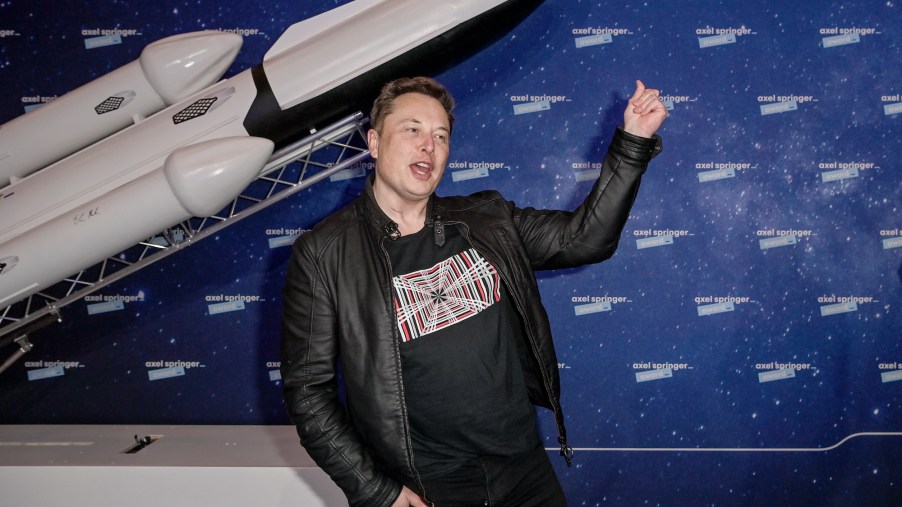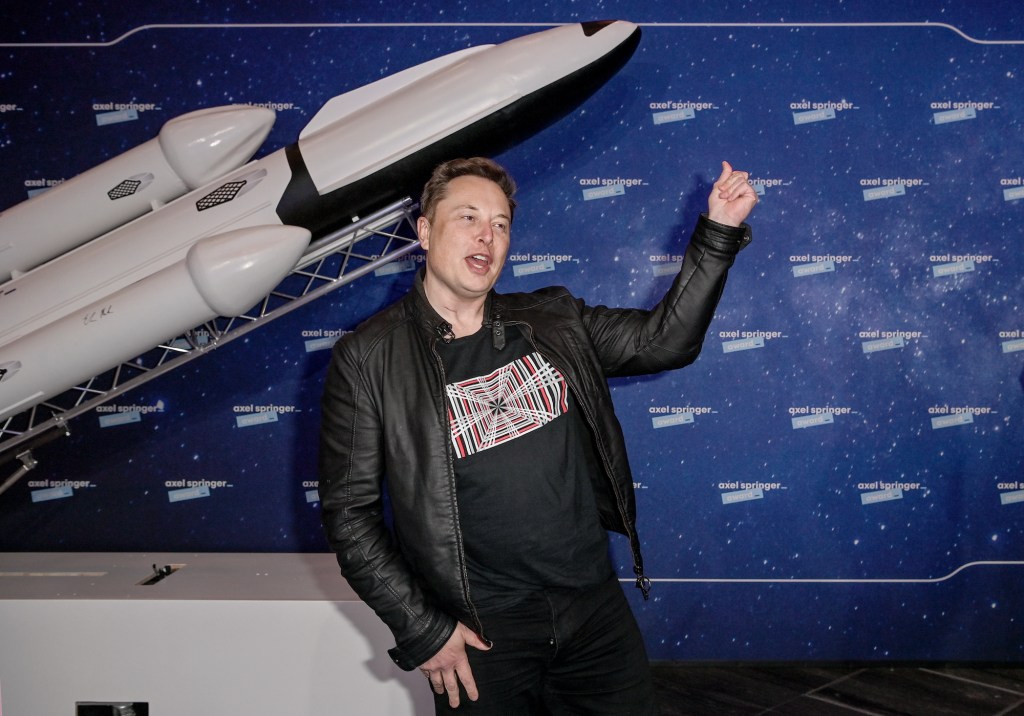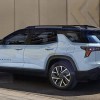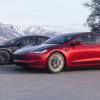
A Tesla Airplane Might Come Sooner Than You Think
It’s a bird … it’s a plane … it’s a Tesla? If Elon Musk gets his way and can work out the physics, you might soon see a Tesla airplane flying past. The Roadster, which Musk famously strapped to a SpaceX Falcon Heavy and launched into space in 2018, might also be the first hovercar the EV maker produces. In fact, Musk has claimed it’s actually part rocket.
And though Musk is known for making some outlandish statements, a Tesla airplane might not be as far-fetched as it sounds.
How many modes of transportation does Tesla produce?

Though Tesla has mostly stuck to cars, it’s also producing the Semi and the Cybertruck. You can also get a Tesla Model S for Kids, which uses Tesla’s Flight Speed lithium-ion battery to achieve a top speed of 6 mph. For adults, there are four current EVs available: the Model S, Model 3, Model X, and Model Y.
In addition to producing the Semi and Cybertruck, both expected in late 2021, Tesla is developing the second-generation Roadster, expected in 2022. And the new Roadster will have the option of adding rocket thrusters to propel the car from 0 to 60 mph speed in only 1.1 seconds, Musk claims. Tesla discontinued the original Roadster in 2012.
Elon Musk’s comments about building airplanes
In 2018, Musk first hinted at an electric airplane he envisioned would fly at supersonic speeds at high altitudes, Observer reported. He also envisioned vertical take-off and landing. A plane of this nature would require a battery with an energy density greater than 400 Wh/kg. Currently, Tesla’s top batteries have only 260 Wh/kg. But according to Musk, Tesla’s team of battery researchers is close to producing a 400 Wh/kg battery.
Is there a timeline for a Tesla airplane?
It depends on whom you ask. Musk has claimed — on Twitter, of course — that batteries with an energy density of 400 Wh/kg will likely be in large-volume production in three to four years and that they’ll have a high cycle life. That latter part is important because how often a battery can be recharged, and provide the same performance, is based on its cycle life. But just because Tesla will produce the battery in high volumes in a few years doesn’t mean we can expect a plane in the same time frame.
Boom Supersonic will produce supersonic planes for United Airlines that will be net-zero carbon. But not from a battery, from 100 percent sustainable aviation fuel. And before the purchase is finalized, the planes must pass safety, operational, and sustainability tests. These aircraft are expected in 2025 but won’t fly until the following year, and passengers won’t be allowed on them until 2029. That time frame is based on everything going according to plan with no problems along the way.
So, even if the Tesla airplane follows a similar timeline, it probably won’t be operational before 2026, and this timeline is for a plane that’s already been designed. As far as we know, Tesla doesn’t have solid designs, but you never know for sure with Elon Musk. But seeing a Tesla airplane earlier than 2026 would be a surprise. And it would be a good idea for passengers to wait a few more years before flying on a plane powered by only a battery.


